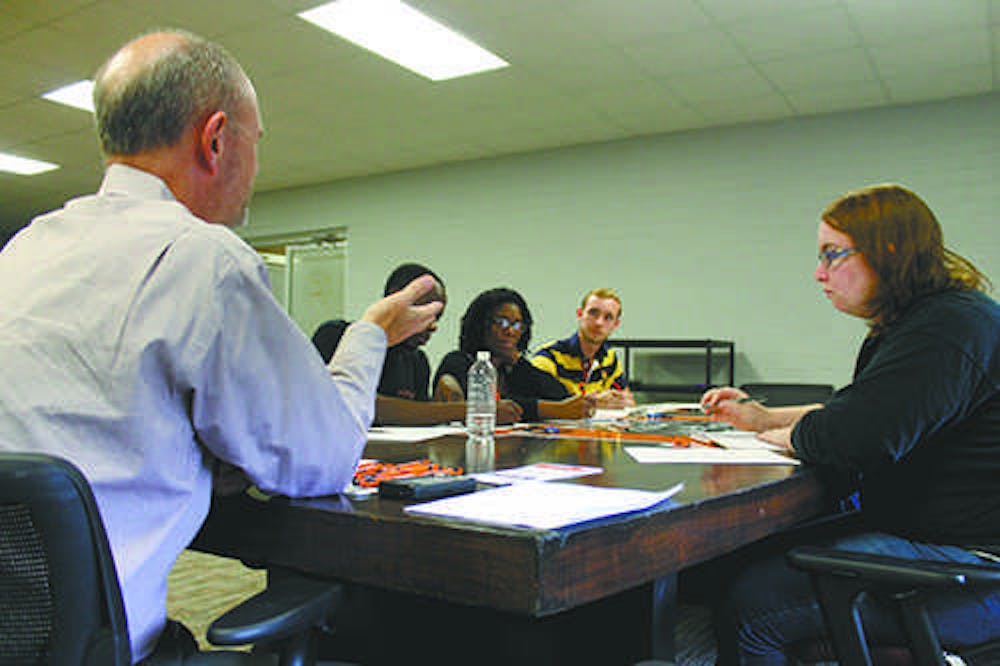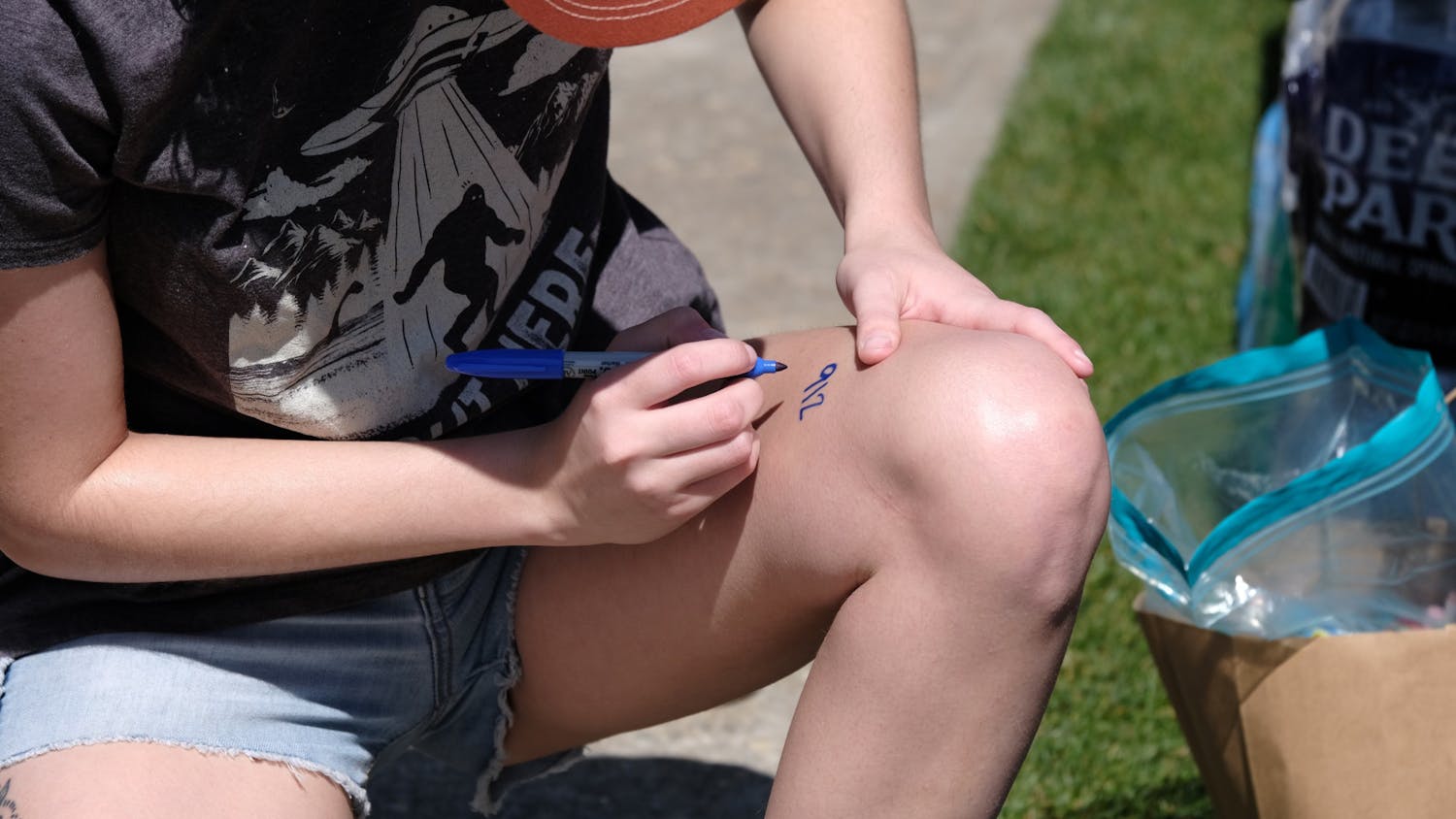As part of their Job Ready Fall 2013 Boot Camp series, the Mercer University Office of Career Services held a Resumes and Cover Letters workshop last Tuesday. The workshop covered the essential do’s and don’ts of marketing to an applicant’s intended audience, so applicants can get the job that they really want.
Two of the most important aspects of a resume is the format (how it looks) and the content (what it says), according to director Steve Brown, who led the workshop. A standard resume should be roughly a page long, and Brown advises that employers are “looking at potential” and that “longer is not better.” “What you put into your content is what makes that one page effective,” he says.
The key part of resume-making is to do research, since applicants are playing the matching game with the company, lining up skills they have with the qualities the employer is looking for. What applicants should remember, however, is that even if they don’t have all of the qualities that a company is looking for, they should still apply. It is possible that they could have something else that makes them stand out to the potential employer. “Focus on what you do have, not necessarily what characteristics you don’t have,” says Brown.
Applicants should let the reader understand that they have what the employer is looking for, and engage them from the very beginning. Instead of using complete sentences to communicate, use short and quick statements, for easier reading.
Some important areas that an applicant should have on their resume is their education and soft skills. “Education is your most valuable asset,” Brown advises.
Soft skills typically includes leadership ability, oral and written communication skills, as well as working well in a team setting. These two areas should be separated into two different sections of the resume, typically titled “Education” and “Skills.”
However, skills also includes any experience that the applicant has had, generally in the field they are hoping to go into.
In contrast to the resume, which is about the applicant only, the cover letter is about the applicant and the organization. The format of a cover letter is typically set at about three paragraphs: first, why the applicant is writing the letter; second, what appeals to the applicant about the company; and third, asking for an interview. “Always have someone review your cover letter,” says Brown.
One of the resources offered by Career Services is Bearlink, which is Mercer’s career services management system for any student, alumni or employer. This is how students keep up with the new events being held by Career Services, as well as any job and internship opportunities that could pop up in the future. Another similar service that was recommended by Brown was CareerShift, which, like Bearlink, helps students find jobs for the future.
For any students interested in this workshop, it is being held once more, Nov 6, from 12-12:50 p.m., and more information can be found by contacting Career Services, located on the third floor of the Connell Student Center.





